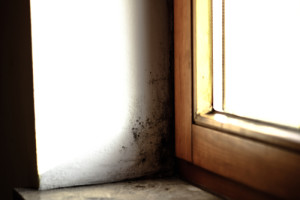City Throws in the Towel in Fighting Mold in Old City Hall

When the Cost of Mold Outweighs the Cost to Demolish
The presence of mold and fungus in a building can quickly become a health hazard. When mold isn’t completely removed, it can spread rapidly and prove difficult or even impossible to get rid of. A recent example of this can be seen at the city hall in Indiana, which is scheduled to be torn down due to mold.
Water Damage Cleanup Reveals Mold
In January 2014, pipes in West Lafayette City Hall ended up rupturing after freezing, which led to serious water damage. Crews that cleaned up the building discovered that mold had been growing in the basement and was later found growing on the first two floors. In March 2014, West Lafayette City Hall was abandoned while city officials looked into the expense of removing the building’s mold problem.
Costs of Mold Removal vs. Demolition
City officials calculated that removing all of the mold that had been growing in City Hall would cost more than tearing the building down. Over the next two years, city officials worked with insurance adjusters to come to agreement on settling this claim. West Lafayette City Hall is now scheduled to be torn down in November 2016 and there are currently no plans to rebuild on the same site.
This situation shows just how serious and costly mold and fungus problems can be. It’s important to detect these problems as early as possible and to have them taken care of before they can get worse.
If your building has a mold problem, contact Stern Mold for help. We offer mold and fungus removal services for homes and businesses in NJ, NYC and Long Island.
